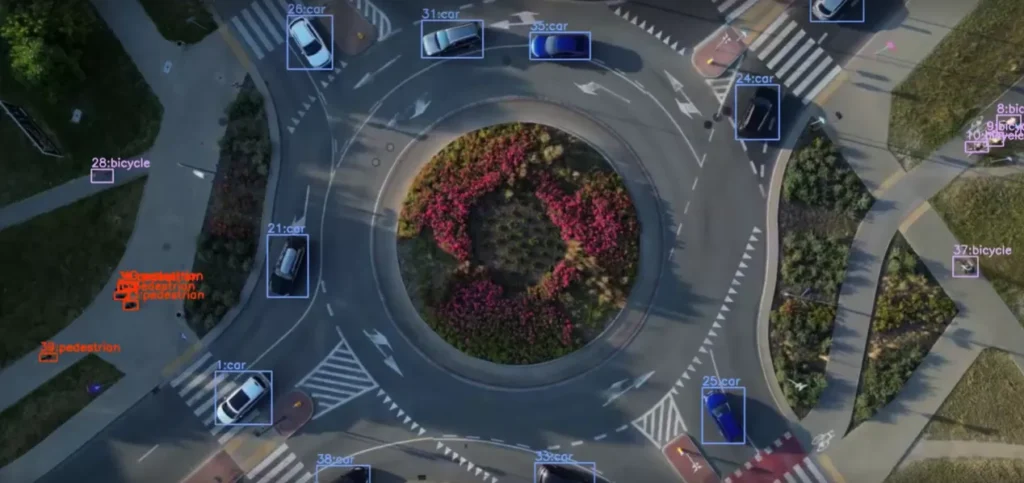

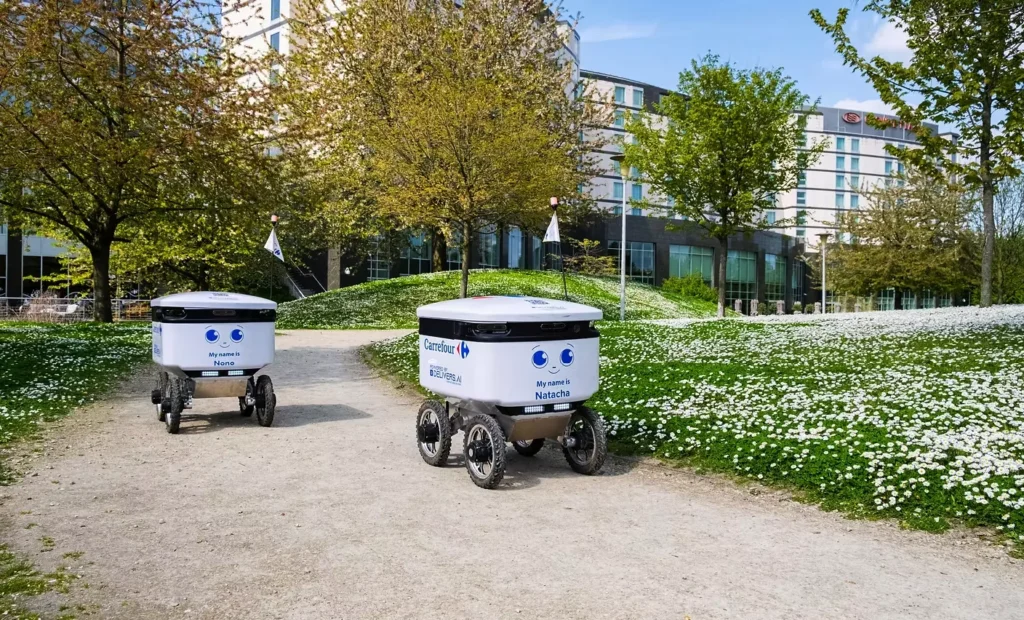
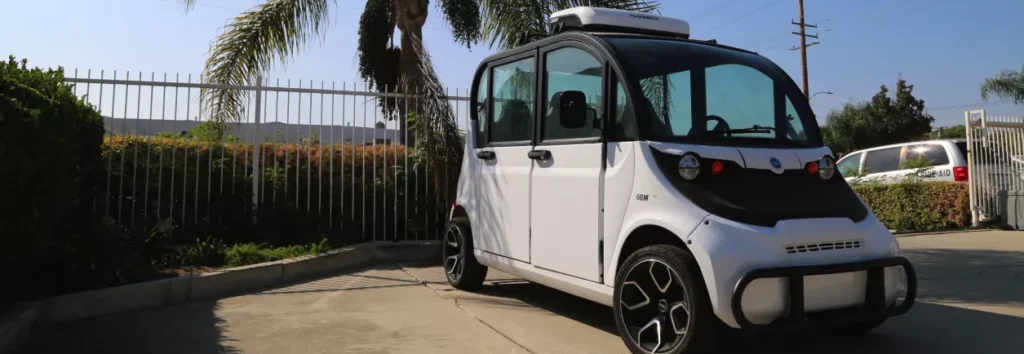
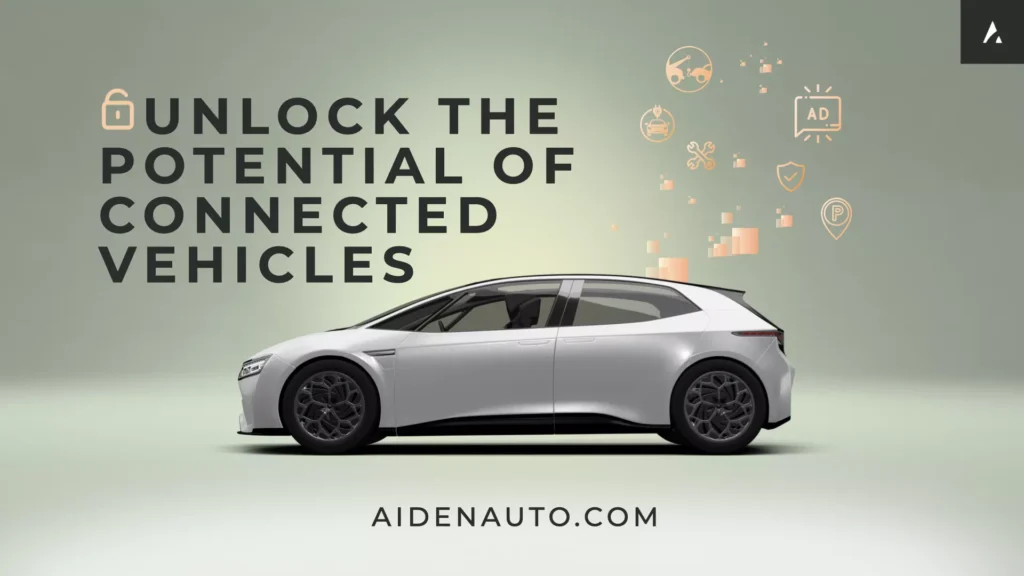





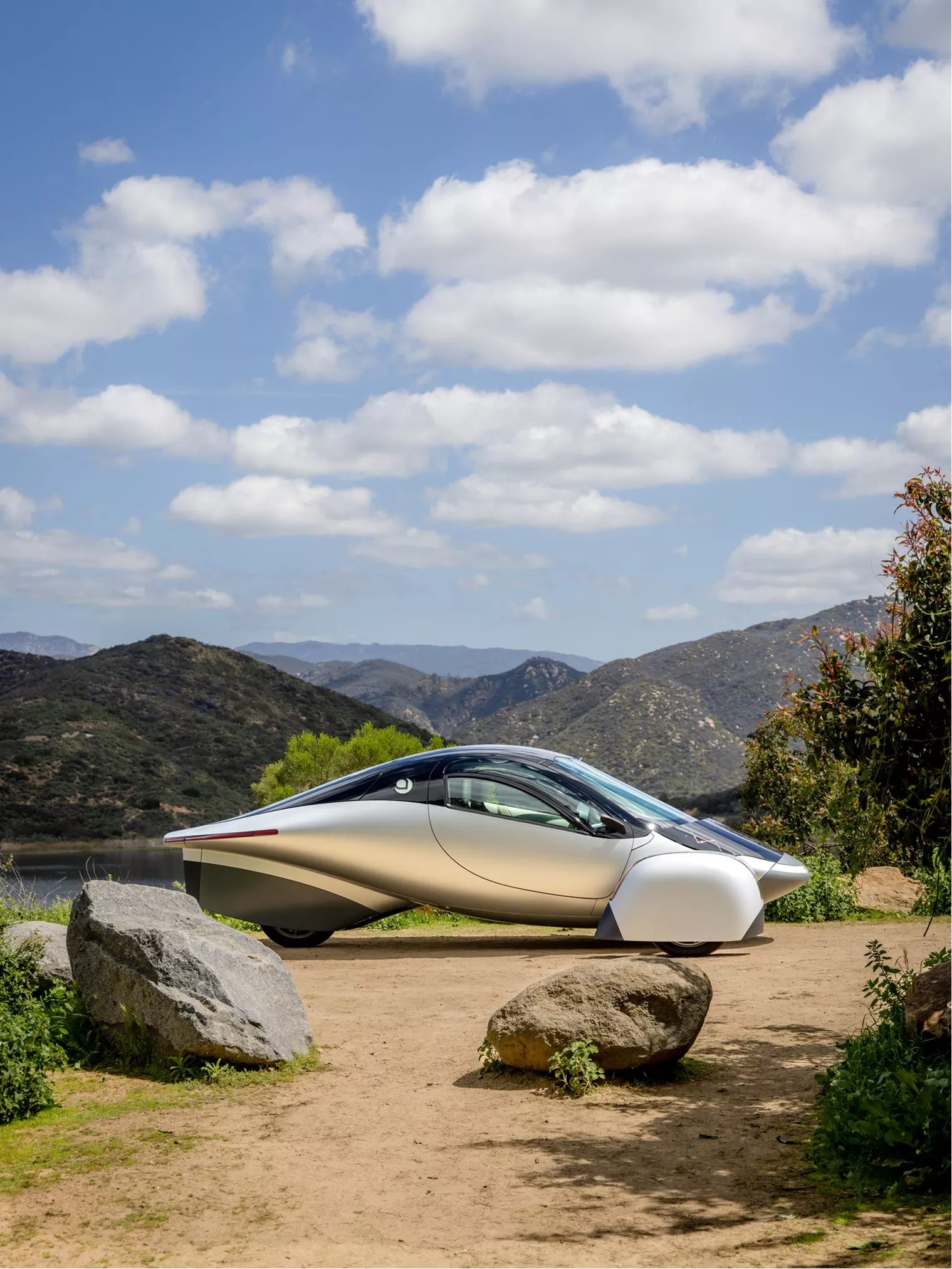
From EVs and batteries to autonomous vehicles and urban transport, we cover what actually matters. Delivered to your inbox weekly.
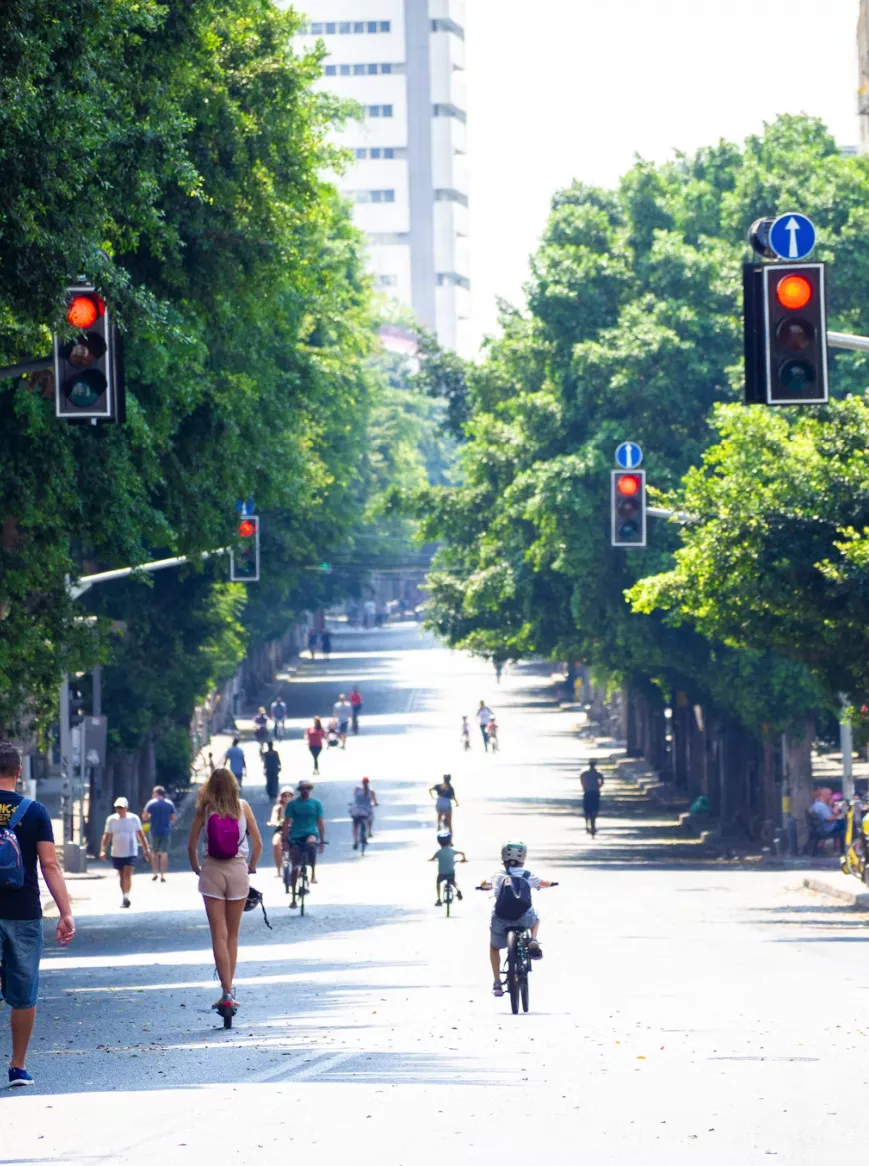
For decades, owning a car was standard. But today, that’s changing.
By 2030, the global car subscription market is expected to reach $23.7 billion, growing at a 25.6% compound annual growth rate (CAGR).
Recent surveys show that nearly half of young Americans have no interest in owning a car.
With the rise of Mobility-as-a-Service (MaaS), flexible transportation options like EV ride-sharing, car subscriptions, and pay-per-use models are redefining how people get around.
Are we moving toward a future where owning a car is optional?
Here’s what we’re covering in this issue:
✅ What is MaaS, and why is it gaining traction?
✅ The companies leading the transition to a subscription-based mobility model
✅ How cities and automakers are adapting to the shift
✅ Whether car ownership is becoming obsolete
Let’s break it down.
Mobility-as-a-Service is disrupting the way people think about cars. Instead of buying and maintaining a personal vehicle, people are subscribing to flexible, pay-per-use mobility options.
🚗 EV fleets & ride-sharing growth – Uber, Tesla, and Waymo are pushing for electric, autonomous ride-sharing.
🌍 Cities are reducing car dependency – Congestion charges, low-emission zones, and public transport expansion are making ownership less appealing.
💰 Car ownership costs are rising – Insurance, maintenance, and parking costs are making alternatives more attractive.
📲 Subscription models are growing – Brands like Volvo, Porsche, and Tesla now offer monthly car subscriptions instead of traditional ownership.
📈 Car subscription services are gaining traction – 18% of all consumers prefer them, with interest rising to 28% among 18-34-year-olds who prioritize flexibility and convenience
But is this trend scalable, or will car ownership always be the default?

🏢 Who’s driving this transition?

🛑 Can infrastructure keep up?
Without more charging stations and better fleet management, MaaS adoption could hit roadblocks.
🛑 Is car culture too strong?
Many still see owning a car as a necessity or status symbol, especially outside urban centers.

🚗 What’s changing?

🔮 By 2040, could urban residents stop buying personal cars altogether? MaaS is making that idea more realistic than ever.
While MaaS adoption is accelerating, the road ahead still has challenges.
📜 Regulatory hurdles – Governments need clear policies to support MaaS without disrupting public transit.
💰 Fleet electrification – More companies must transition to EV fleets to make MaaS a long-term, sustainable model.
🔋 Technology integration – Success will depend on seamless platforms that combine ride-sharing, rentals, and transit.
🤖 The role of autonomous vehicles – Self-driving EVs could eliminate the need for personal car ownership entirely.
🚨 The challenge? Adoption won’t be universal.
While cities are pushing forward, many regions still lack the infrastructure and policies needed for full MaaS implementation.
🔹 Would you give up car ownership for a subscription-based model?
🔹 Would you prefer access to different vehicles rather than owning one?
🔹 What’s the biggest barrier to full MaaS adoption?
Drop your thoughts in the comments. We’d love to hear your perspective!